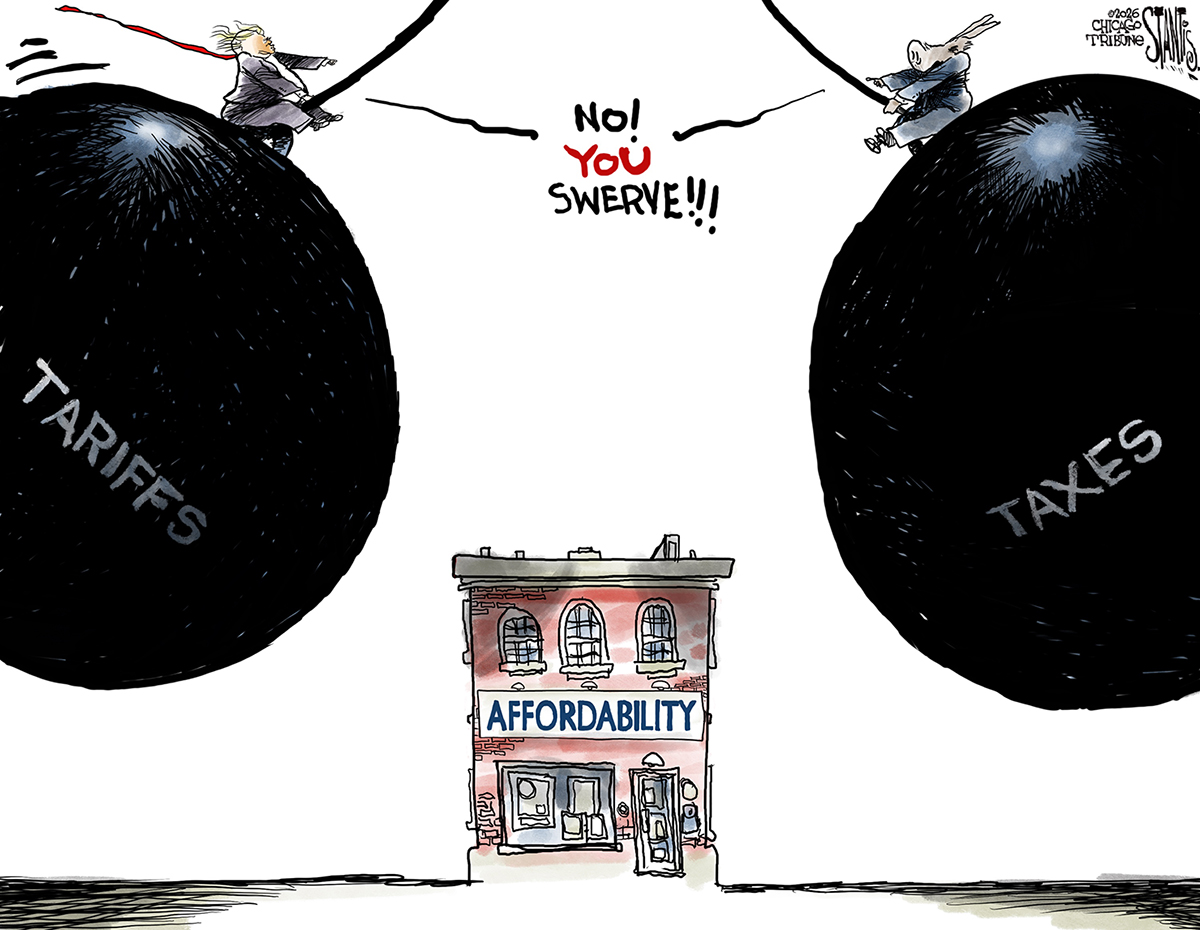Francesca Woodman
The young photographer, who committed suicide at the age of 22, left behind a remarkable series of self-portraits.
San Francisco Museum of Modern Art
Through Feb. 20
Photographer Francesca Woodman “burned brightly” during her brief life, said Sura Wood in the San Francisco Bay Area Reporter. Before she committed suicide at the age of 22, in 1981, this daughter of successful working artists created a body of “striking, unconventional self-portraiture” that has since established her as an almost mythic incarnation of the young female artist. Woodman’s talent “seemed to spring full-blown when she was 16 or 17.” Already “a visionary teeming with ideas,” she began photographing herself, often nude, against stark, decaying interiors. In SFMOMA’s new retrospective, the 160 photographs on view are mostly black and white, and in them we see her body stuffed into a cabinet alongside taxidermy animals, curled on the ground beside a bucketful of eels, emerging from under sheets of torn wallpaper. The images are explorations of the body’s relationship to space, but they also tell a story—of “a person apart” seeking to assert her existence.
The Week
Escape your echo chamber. Get the facts behind the news, plus analysis from multiple perspectives.

Sign up for The Week's Free Newsletters
From our morning news briefing to a weekly Good News Newsletter, get the best of The Week delivered directly to your inbox.
From our morning news briefing to a weekly Good News Newsletter, get the best of The Week delivered directly to your inbox.
Woodman’s work offers “just this one story, and yet there’s so much of it” and so much to it, said Eileen Myles in Art in America. Woodman was remarkably fluent in a haunting language of her own. Much of what’s expressed is self-centered, for sure. Whether we’re looking at a trio of naked young women “wearing Francesca masks” or the artist standing alone on a mirror, there’s “no possibility of separating the artist from the work. It’s all myth, all creation here.” Yet often the images emit a “radiant melancholy” that’s spellbinding. Viewing scores of them at once is like reading the diary of a teenager capable of evoking the full range of adolescence’s “emotional fluxes,” said Alexander Ho in Time.com. It’s no wonder that this tragic figure continues to influence generations of new photographers.
A free daily email with the biggest news stories of the day – and the best features from TheWeek.com
-
 Political cartoons for January 18
Political cartoons for January 18Cartoons Sunday’s political cartoons include cost of living, endless supply of greed, and more
-
 Exploring ancient forests on three continents
Exploring ancient forests on three continentsThe Week Recommends Reconnecting with historic nature across the world
-
 How oil tankers have been weaponised
How oil tankers have been weaponisedThe Explainer The seizure of a Russian tanker in the Atlantic last week has drawn attention to the country’s clandestine shipping network